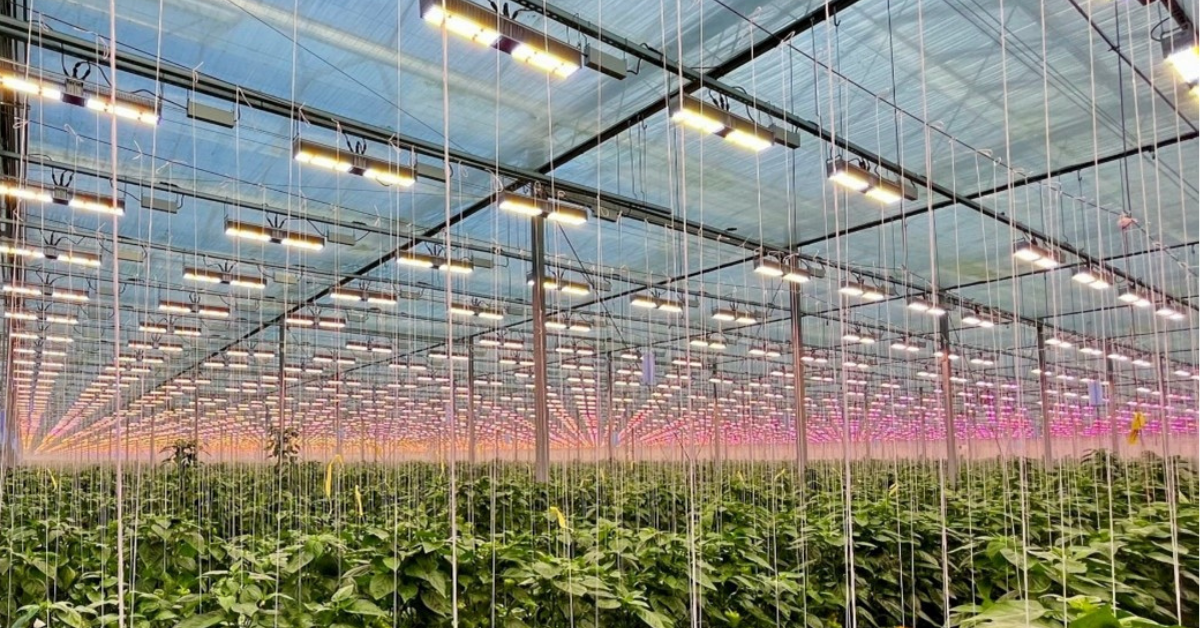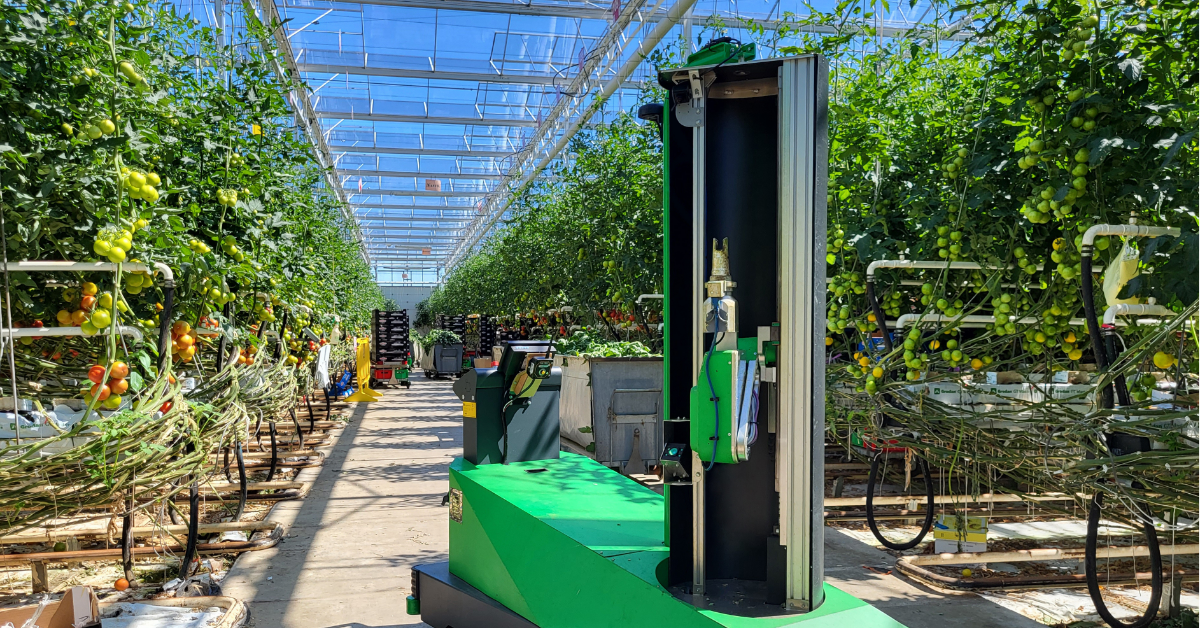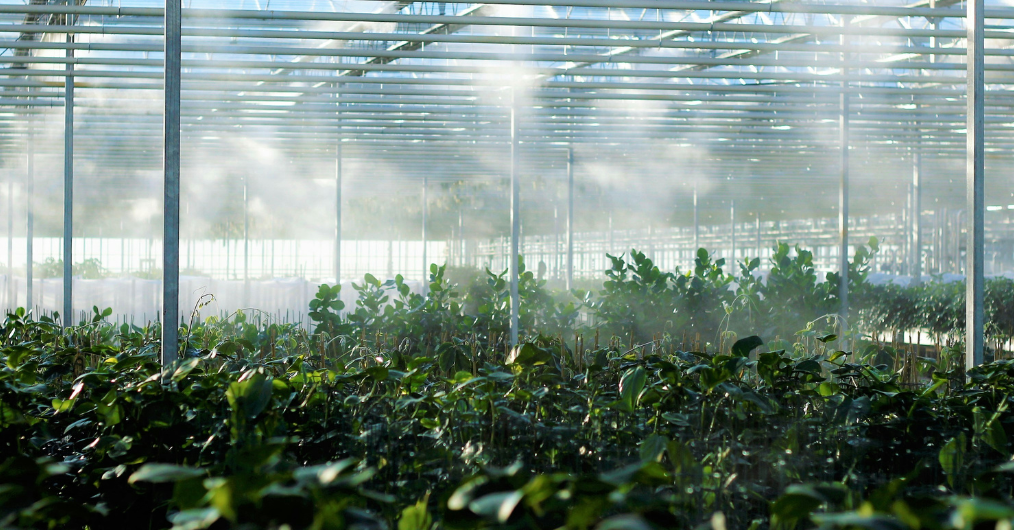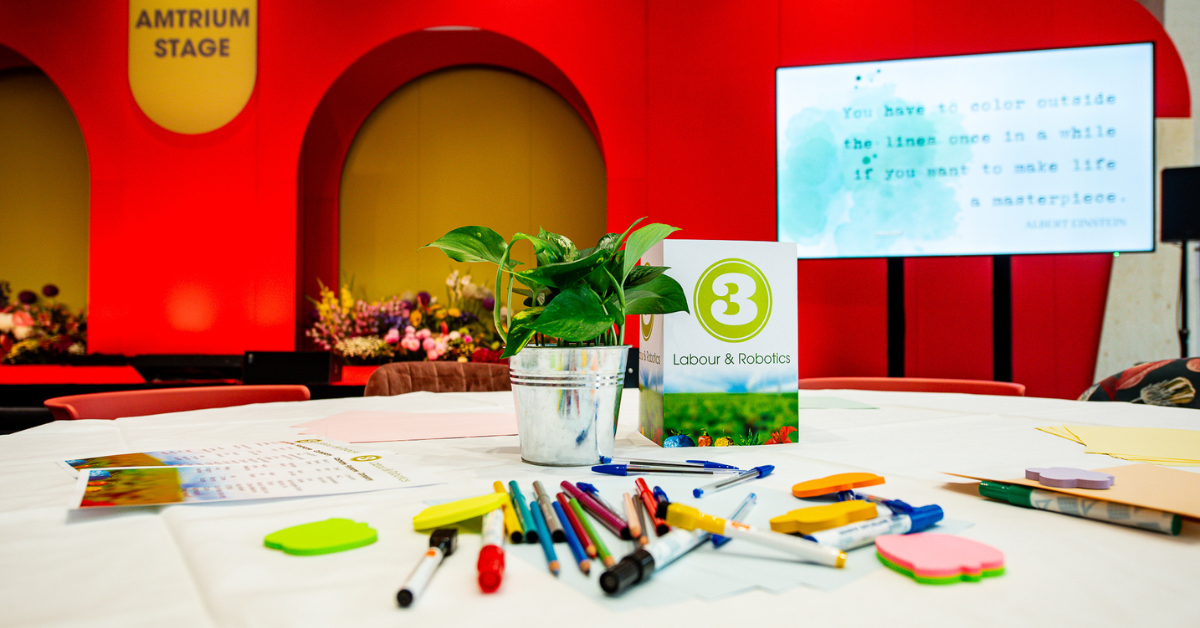Roelof Drost, Chief Relationship and Vision Officer at Jiffy International AS. shares his vision on the future of horticulture.
Dictating the climate in food production
The world's population has tripled over the past seventy years. Predictions are for us to be 9.9 billion people by 2050. A healthy daily meal for all, calls for a momentous increase in production; no easy feat with climate change projected to wreak havoc on future global agriculture.
Today, annual food waste alone, stands at 1.3 billion tonnes. Long logistic lines combined with short shelf life to blame amongst others. Producing food closer, or even better, right where it is going to be consumed, has become priority number one. Vertical farming, hydroponics, aquaponics are all indoor farming concepts developed to produce food near where it will be consumed; the greenhouse still being commonplace.
In the past, some crops were moved from the field inside a greenhouse, enabling us better control of growing conditions. Today - pushing the limits of indoor growing technology – we witness some of these crops being pushed out of the greenhouse altogether; literally. For some crops, the layering of growing surface - increasing output - has eliminated the need for them to be grown in a greenhouse altogether. If plants survive at the bottom layer, why have a glass roof for plants at the top? A move from greenhouse to warehouse, enables us to grow food anywhere, anytime, fully locality independent.
Growing in a warehouse is not a new idea. Recalling a project in Toronto now almost 30 years ago: all the essential ‘needs’ for growing a lettuce crop inside a warehouse had been figured out; the spacing, fertilizer, water, substrate and light. It should all have worked out -- except it didn’t. Why?
Lights needed, consumed an enormous amount of energy, creating a staggering amount of heat. The idea was awe-inspiring; locally grown lettuce, right where it was going to be consumed, fresh every day, year-round, independent of climate. On a small scale it worked well; upscaling to warehouse-size, however, showed light to be the stumbling block: too much energy used, too much heat created. Pricey electricity just could not compete with the energy sourced by competitors- the sun.
Fast forward to 2020, the year that wasn’t, at least, that’s how I – and I am sure many others - remember it. Still, for the food industry worldwide, 2020 was an eye-opening year, a year where it became abundantly clear; global food supply, in its current state, might not be good enough with the world in crisis. With logistic lines clogged, borders closed, international travel restricted, suddenly the prospect of having a reliable, sustainable source of fresh food, produced right down the road, is not such a bad idea after all. With light no longer the point at issue - LED lights are perfectly suited to grow an indoor crop, without emitting the excessive heat responsible for past failures - new warehouse growing concepts, inundated with investors’ money, have sprung up over past years, propelled into action by the realization: soon food could be the new short.
In the food producing warehouses of the future, it will be us, humans, dictating the climate.
Share your horticulture technology stories with us
Do you have an innovation, research results or an other interesting topic you would like to share with the international horticulture technology industry? The GreenTech website and social media channels are a great platform to showcase your stories!
Please contact our Brand Marketing Manager Murkje Koopmans.
Are you an GreenTech exhibitor?
Make sure you add your latest press releases to your Company Profile in the Exhibitor Portal for free exposure.

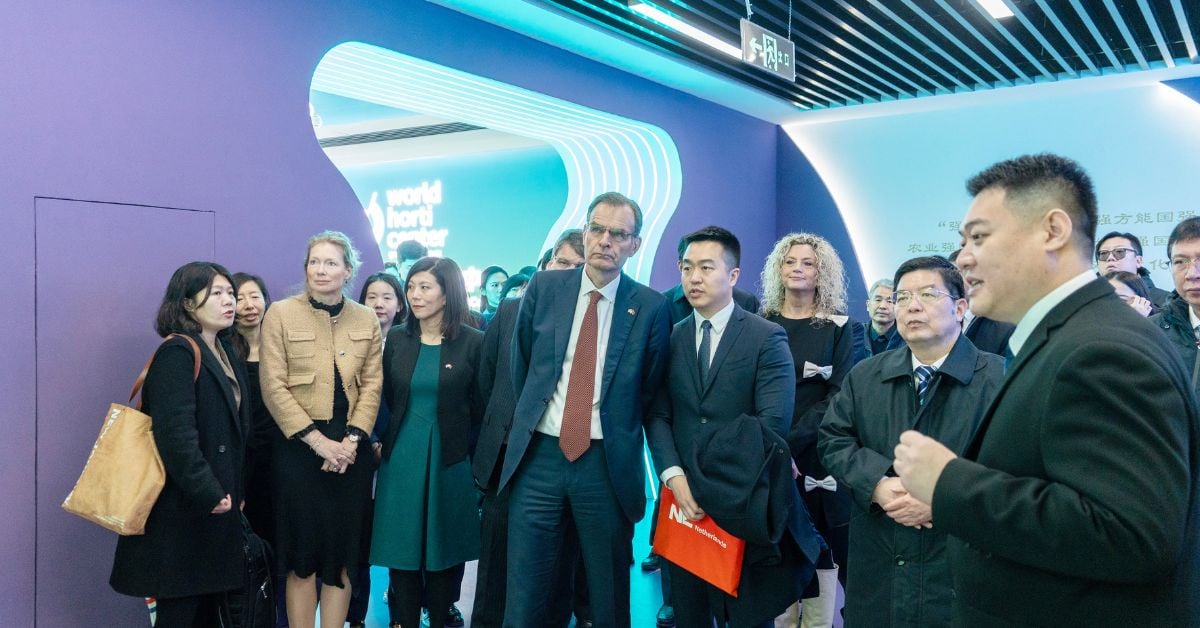
.png?h=628&iar=0&w=1200)
